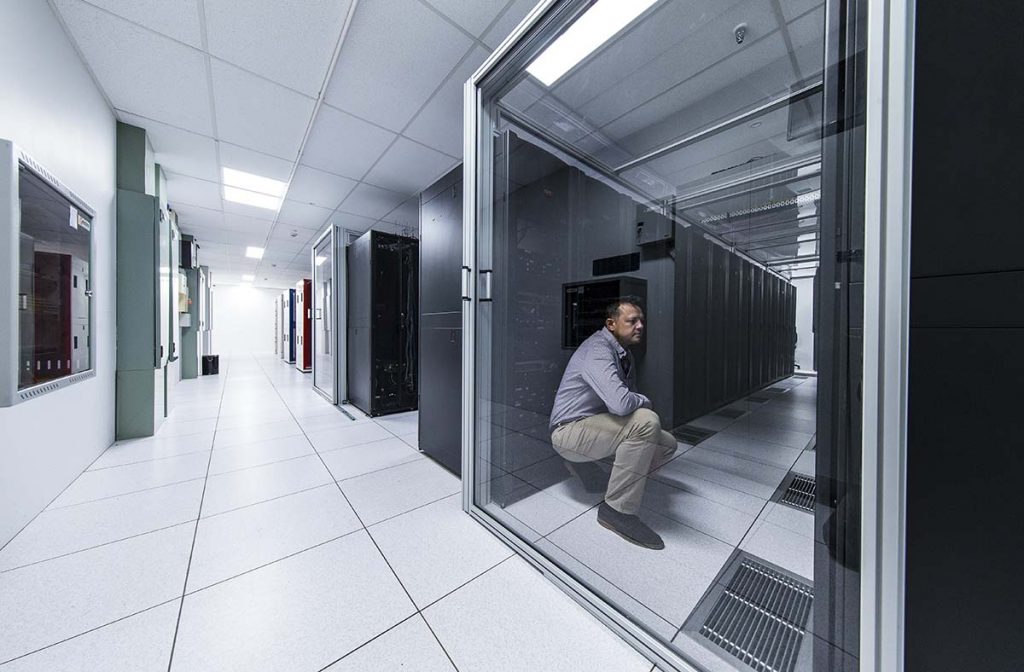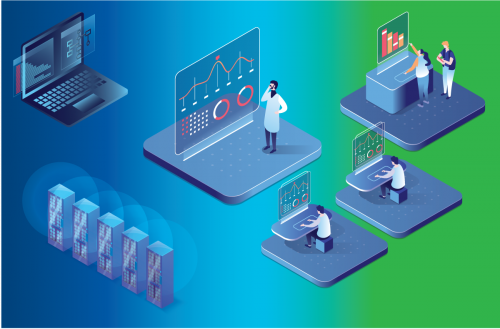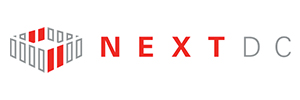The data centre is going through massive change. Taken to one extreme, a Gartner analyst was so bold to say the data centre in its traditional role is dead. However, the more realistic assumption is that by 2025, 80 percent of enterprises will have shut down their traditional data centres. While the data centre isn’t ‘dead’, it’s in need of a serious reincarnation if mid-market organisations are going to successfully transform.
And it’s of little surprise to see this transition happening given the big shifts happening across the IT function currently. A move from a purely operational stance, to one where innovation and agility lead the demands from the business. As such, the evolvement of the data centre has a major role to play in helping mid-market organisations and their IT functions dramatically shift their focus and deliver on those demands. Particularly where agility and enhanced customer experience are concerned.

Dealing with an increasing number of digital interactions from customers and employees alike, means managing exponential rise in data volumes has likely become a huge priority for you – putting massive pressure on your data centre. And, this is mainly due to the impact of hybrid and multi cloud, applications, IoT and XaaS to name just a few.
The task of gathering, storing, processing and analysing this data is a big task; and one driven by the changing needs and demands of the business. Add to this, the plethora of new applications, such as unified communications and collaboration tools. Place analytics and machine learning on top too, and it all points to a dramatic reshaping of how an organisation’s infrastructure all work and come together.
If all of this sounds familiar, here are three practical considerations you should pay attention to, as part of delivering your next-generation data centre strategy.
Data centre ‘everywhere’
In the new normal of business-led IT, the data centre exists everywhere. In short, wherever the business needs the capability. The mentality of old is that when new applications are required, IT will lean towards a thought process driven by how an application can fit within the organisation’s current architecture framework.
If the IT function is to become a true business enabler, it has to focus on what’s driving the need, for example greater customer experience. This invariably means the deployment of new technologies such as IoT and more front-end focused applications to drive better experiences. As such, latency and agility become increasingly critical challenges to address – and they won’t be solved by placing applications in the traditional data centre environment.
This new era of distributed digital infrastructure starts by understanding the business benefits for each application workload, the subsequent data derived and how that can be used to meet business objectives.
Action – Work with your business partners to identify a roadmap of critical applications and their needs to inform your data centre strategy.
Agility and skills are the name of the game
With a new digital environment based upon business requirements, your IT function has to be agile enough to deliver to flexing demands. Everything from reduced latency to better customer experiences through to improved compliance or directives around data location requirements. This new way of thinking isn’t just confined to what you need today; but how you can help your business to be agile enough to scale for tomorrow.
Here, a service provider adds that extra boost. Particularly those in the mid-market like yourself, who may have multiple locations across the country; and where reduced latency is crucial towards delivering better experiences. More than simply providing the operational functionality as standard, a great service provider will add real value through cloud-enabled services or cross-connects to other partners for example to help deal with any flex in demand.
And, it’s not just the skills and talent of partners to consider. The changing nature of the data centre is going to have a massive impact upon the dynamics and job functions of staff whose previous roles were likely far more vertical and siloed in nature. Suddenly, staff have to deal with additional layers of complexity across a distributed IT environment, along with outcome-led demands from the business. Leaders of IT functions need to help develop their staff and enable them to become more versatile. They need to deal with multiple technology layers and providers, while also speaking a language business function heads will understand.
Action – Doing it alone involves huge resources and cost. Utilise the experience, expertise and skills of a partner to help you truly align with what your organisation needs to deliver against its transformation objectives.
Data centre automation and AI to drive innovation
The massive rise in data volumes across a distributed IT infrastructure, coupled with an organisation travelling at warp speed, means manual intervention for issues that arise is often too slow and can place the business at risk.
Automation is needed to make half-day operations almost autonomous – which is where artificial intelligence for IT operations can play a major role for mid-market organisations. Here, teams are far more likely to be smaller than that of larger enterprises. And, with a trend towards managing applications and their data more at the source, using a combination of analytics and machine learning to spot any developing issues makes managing entire data centres a far easier proposition for smaller IT teams where resource maybe thin on the ground.
Action – AI and automation isn’t just for large enterprise. It can have a significant impact on the ability of mid-market organisations to enhance and develop a distributed IT environment, helping to drive innovation and provide competitive advantage.



















